Some places in the world exist in fascinating contradiction—environments that overwhelm the senses yet somehow restore the spirit. These destinations combine frenetic energy with unexpected pockets of tranquility, creating experiences that both challenge and nurture travelers brave enough to embrace their paradoxical nature.
Here is a list of 16 destinations that masterfully balance chaos and healing, offering visitors a chance to find peace within apparent disorder.
Varanasi, India
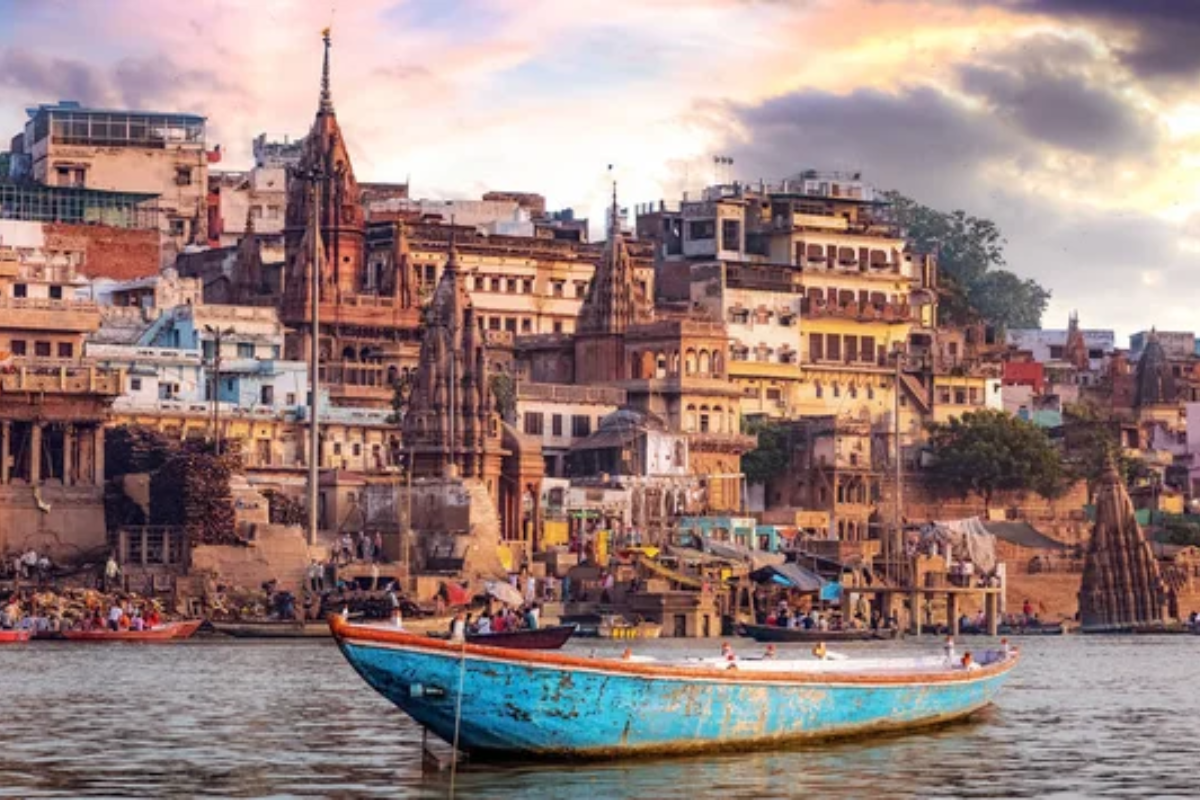
Ancient funeral pyres burn continuously along the Ganges while just steps away, morning yoga practitioners greet the sunrise in silent meditation—a physical manifestation of life’s continuous cycle. Narrow alleyways teem with pilgrims, cows, motorcycles, and merchants in a seemingly impossible density that somehow parts to reveal hidden courtyards where centuries-old temples offer perfect acoustic isolation from the surrounding commotion.
The evening aarti ceremony creates organized chaos as thousands gather to watch priests perform ritualized movements with fire and incense, the crowd’s collective focus creating unexpected moments of shared tranquility. Dawn boat rides on the sacred river provide perspective on the intensity of riverside activities—the distance allows travelers to appreciate the profound spiritual significance beneath what initially registers as an overwhelming disorder.
Tokyo, Japan
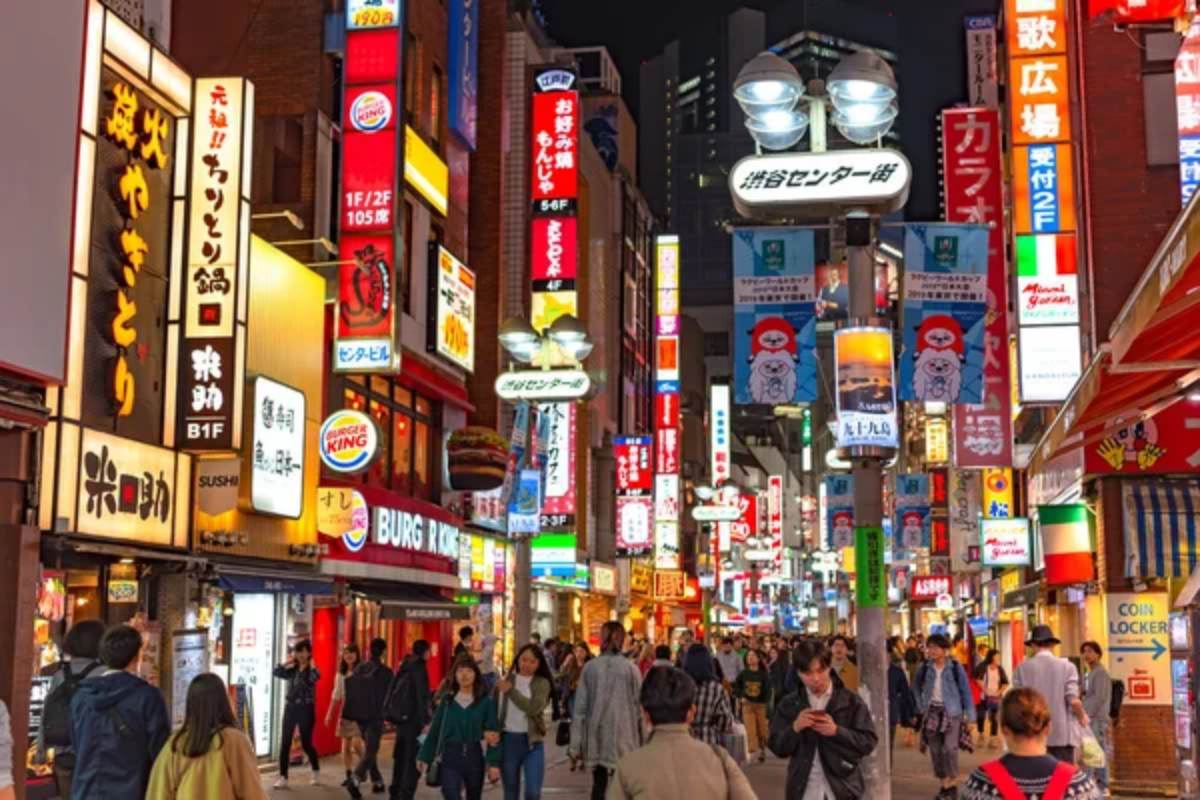
Shibuya Crossing pulses with humanity as thousands navigate the world’s busiest intersection, yet pedestrians move with such practiced coordination that collisions rarely occur—a choreographed chaos reflecting Japanese social harmony. Just blocks from the neon sensory overload of major commercial districts, Buddhist temples and Shinto shrines offer garden spaces designed specifically for contemplation, creating microenvironments where urban sounds fade beneath the gentle music of bamboo water features.
The subway system moves millions daily with mind-boggling efficiency, the predictable punctuality providing structural reassurance that counters the visual intensity of packed train cars. Department store food halls present dazzling arrays of culinary options accompanied by ritual precision in preparation and packaging that transforms commercial transactions into moments of aesthetic appreciation.
Like Travel Pug’s content? Follow us on MSN.
Marrakech, Morocco
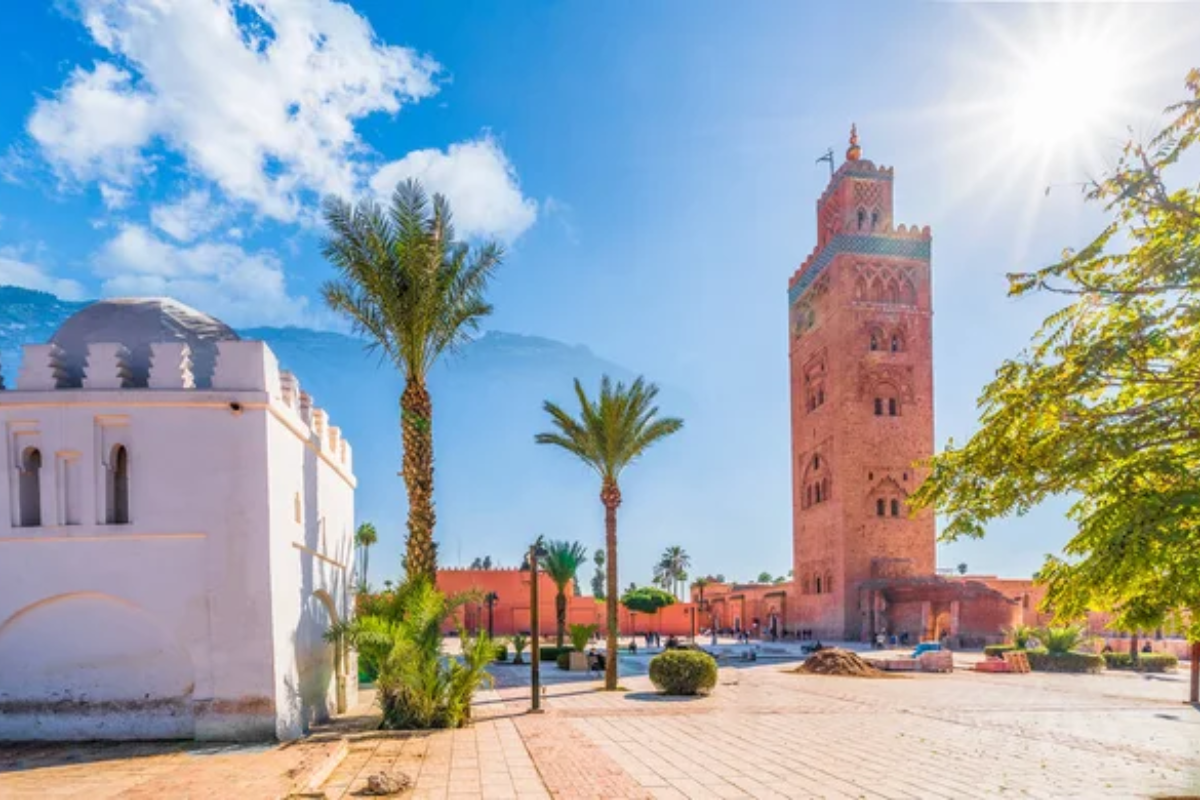
The medina’s souks assault all senses simultaneously with spice aromas, vendor calls, and kaleidoscopic displays of handicrafts, yet this sensory bombardment follows ancient organizational principles that locals navigate effortlessly. Behind unmarked doors throughout the labyrinthine old city, riads center around fountain courtyards where the sound of flowing water and geometric tile patterns create meditative spaces intentionally contrasting with street activity.
The call to prayer temporarily transforms the market energy five times daily as many shops briefly close and conversations quiet, creating rhythmic pauses in the commercial intensity. Rooftop cafes offer an elevated perspective on the apparent maze below, revealing patterns invisible at ground level while serving mint tea in a ceremonial pouring ritual that encourages momentary mindfulness.
Rio de Janeiro, Brazil
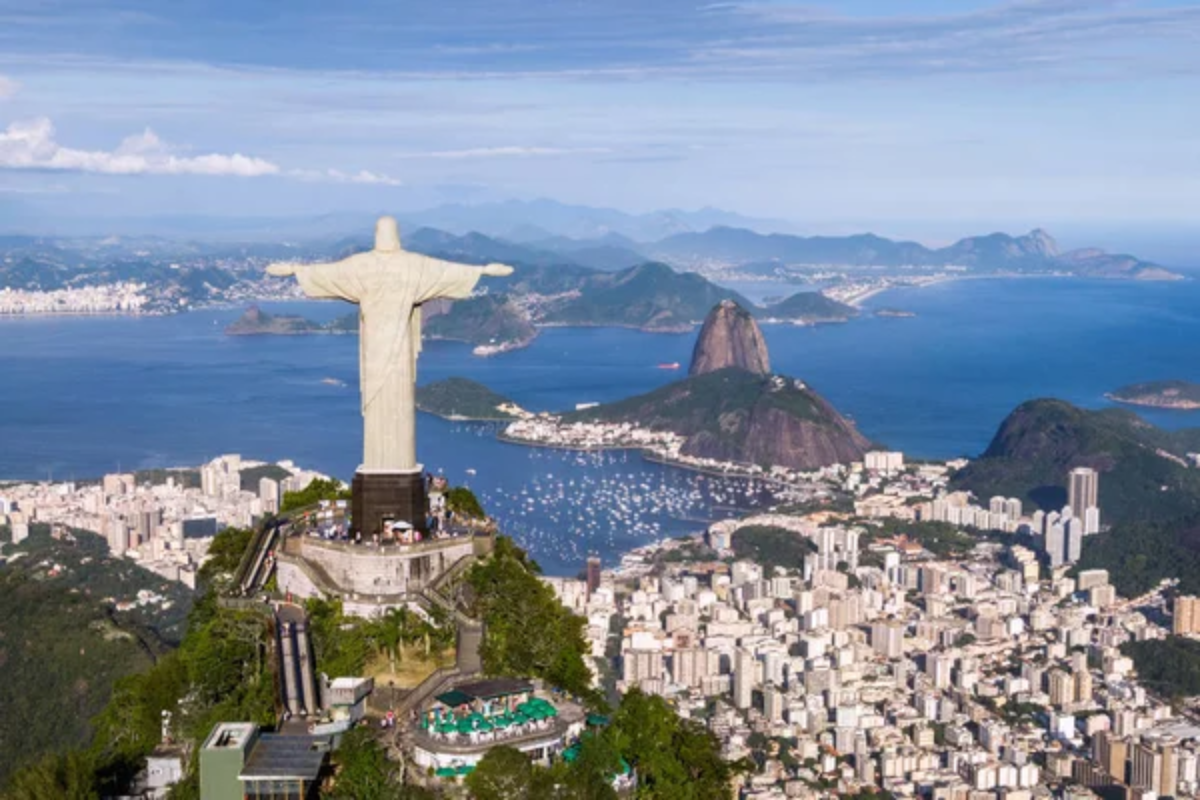
Copacabana Beach accommodates seemingly impossible densities of sunbathers, soccer players, vendors, and fitness enthusiasts in constantly shifting arrangements that somehow allocate space for all activities simultaneously. The city’s favelas climb steep hillsides in organic architectural forms that appear haphazard yet function through complex social organizations and community networks invisible to outsiders.
Christ the Redeemer stands with outstretched arms above the urban sprawl, offering both a spiritual symbol and a vantage point where the city’s geographical logic becomes clear—mountains, forests, and urban development existing in remarkable proximity. Music pervades public spaces, from informal samba circles to massive carnival celebrations, creating communal experiences where participation dissolves social boundaries and transforms observers into participants regardless of background or ability.
Istanbul, Turkey
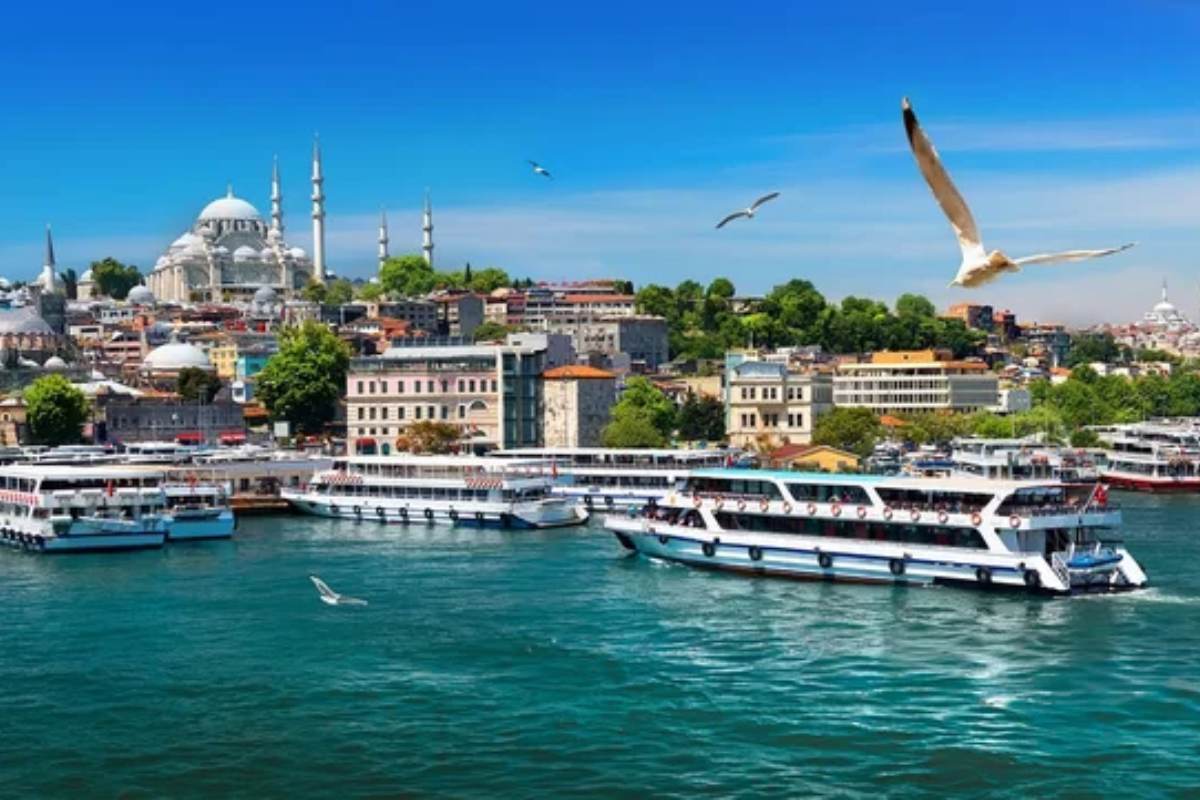
The Grand Bazaar’s 4,000+ shops create a commercial labyrinth that has functioned continuously since the 15th century; its seeming disorder is actually governed by traditional guild organizations and spatial hierarchies that create navigation landmarks for those who understand the system. The Bosphorus Strait physically divides Europe and Asia while simultaneously connecting them through constant ferry traffic, offering passengers therapeutic water views and perspective on a city where civilizations have layered atop one another for millennia.
Call-to-prayer sounds from hundreds of mosques five times daily, temporarily transforming the urban soundscape as these overlapping acoustic territories create moments of shared cultural experience across the massive metropolitan area. Hammams offer ancient purification rituals where steam, soap, and skilled attendants transform physical discomfort into deep relaxation through processes largely unchanged since Byzantine times.
Like Travel Pug’s content? Follow us on MSN.
Kathmandu, Nepal
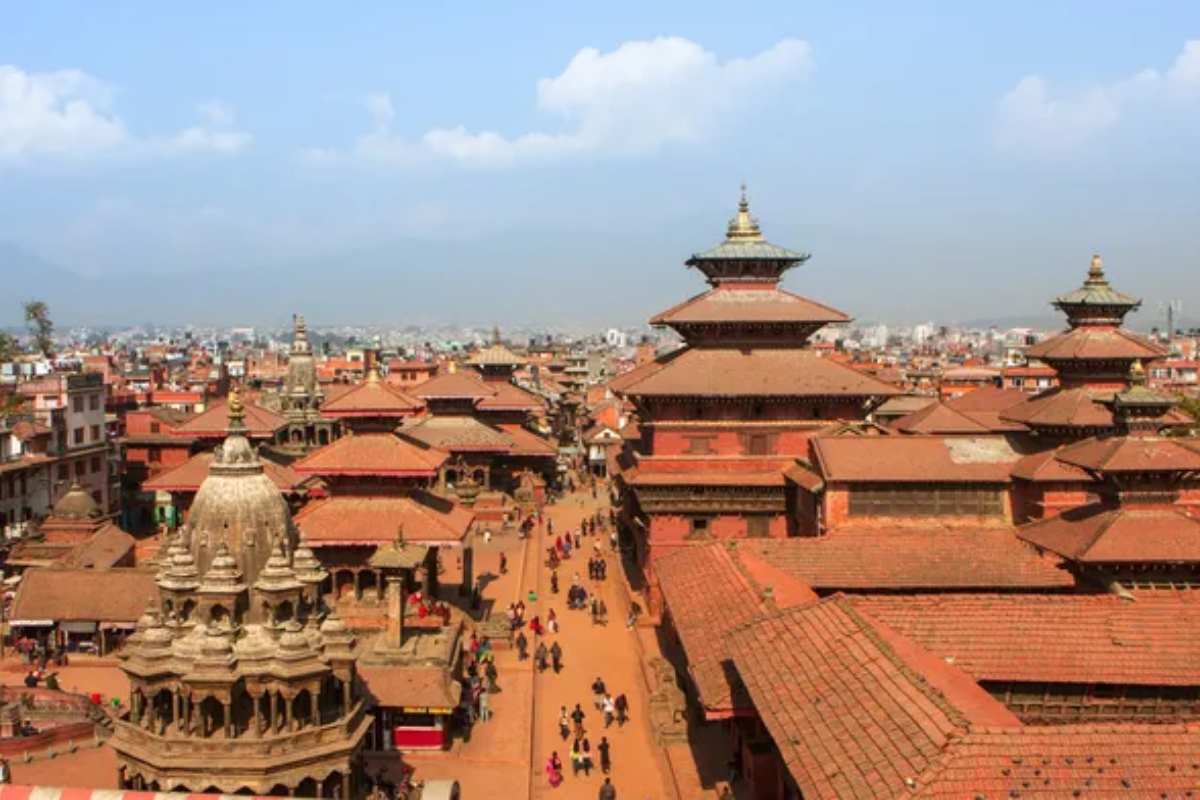
Prayer flags flutter above narrow streets where pedestrians, vehicles, and animals navigate without formal traffic systems, creating flow patterns that function through constant negotiation and awareness rather than regulation. Buddhist stupas serve as orientation landmarks throughout the urban landscape, their circular walking paths used by both devoted practitioners completing clockwise prostrations and locals taking shortcuts who respect the directional tradition regardless of spiritual intent.
Power outages occur regularly in a city still rebuilding from devastating earthquakes, yet temples illuminated by butter lamps continue spiritual functions uninterrupted, demonstrating a resilience that inspires both residents and visitors. The surrounding Himalayan mountains remain visible from many urban vantage points, providing a perspective that diminishes urban stress through reminders of geological timescales dwarfing human concerns.
Bangkok, Thailand

Floating markets operate as both essential community shopping hubs and tourist attractions, vendors deftly maneuvering boats laden with goods through crowded canals while preparing food over precarious propane burners balanced alongside their merchandise. Ancient wats (temples) maintain contemplative atmospheres despite being surrounded by some of Southeast Asia’s most congested traffic corridors, their architectural boundaries creating microclimates of tranquility accessed through symbolic gateway transitions.
Night markets transform ordinary intersections into vibrant commercial zones that disappear by morning, demonstrating the adaptability of urban space through temporal rather than permanent organization. Traditional Thai massage practitioners apply precisely calibrated discomfort that paradoxically results in deeper relaxation, a physical manifestation of the stress relief found by surrendering to rather than resisting the city’s intensity.
Hanoi, Vietnam
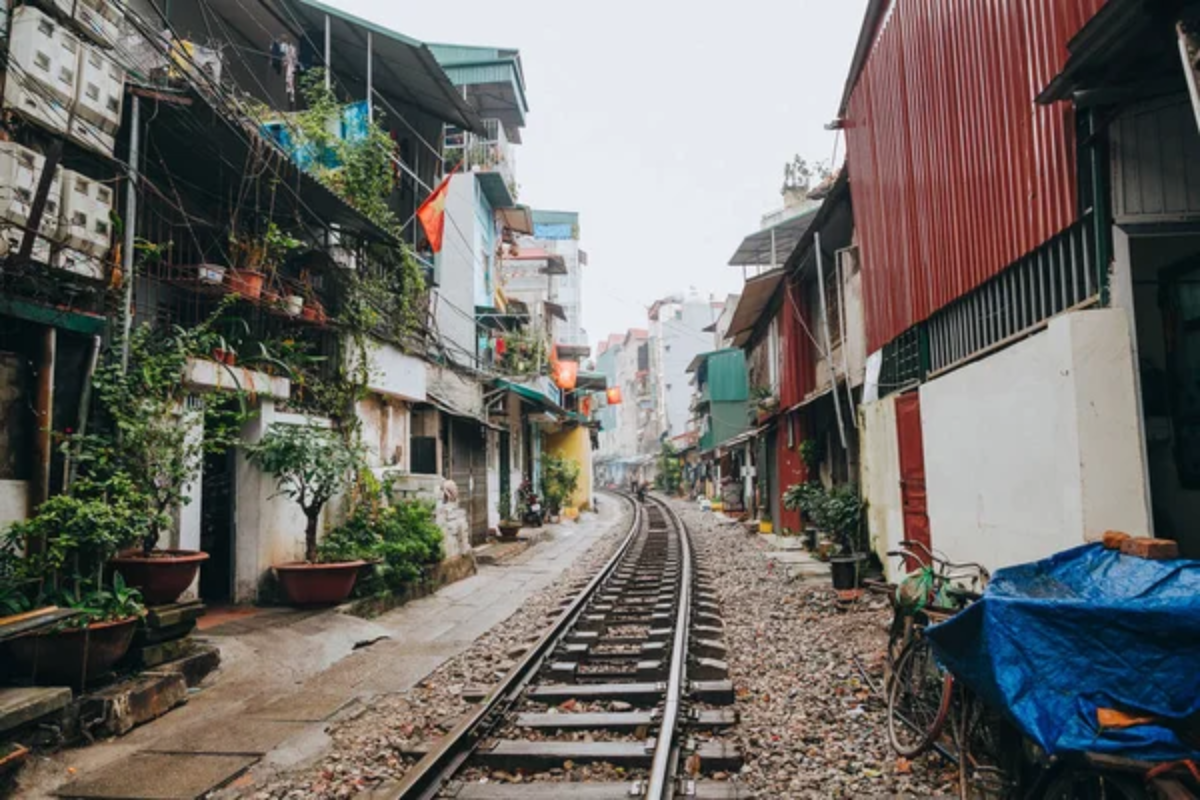
The Old Quarter’s 36 streets—each historically dedicated to specific trades—create a commercial maze where motorbikes navigate passages barely wider than their handlebars while carrying impossible loads that somehow remain balanced. Early mornings in public parks reveal hundreds practicing tai chi in collective silence, creating pools of coordinated calm before the workday begins and demonstrating the Vietnamese capacity for finding personal peace amid urban density.
Street food vendors transform sidewalks into efficient open-air restaurants where plastic stools placed centimeters from passing traffic somehow feel appropriate rather than precarious, the delicious results justifying temporary discomfort. Hoan Kiem Lake provides a geographical and psychological center where urban residents connect with nature through circular walking paths that encourage steady pacing and regular breathing regardless of surrounding activity.
Like Travel Pug’s content? Follow us on MSN.
Mexico City, Mexico
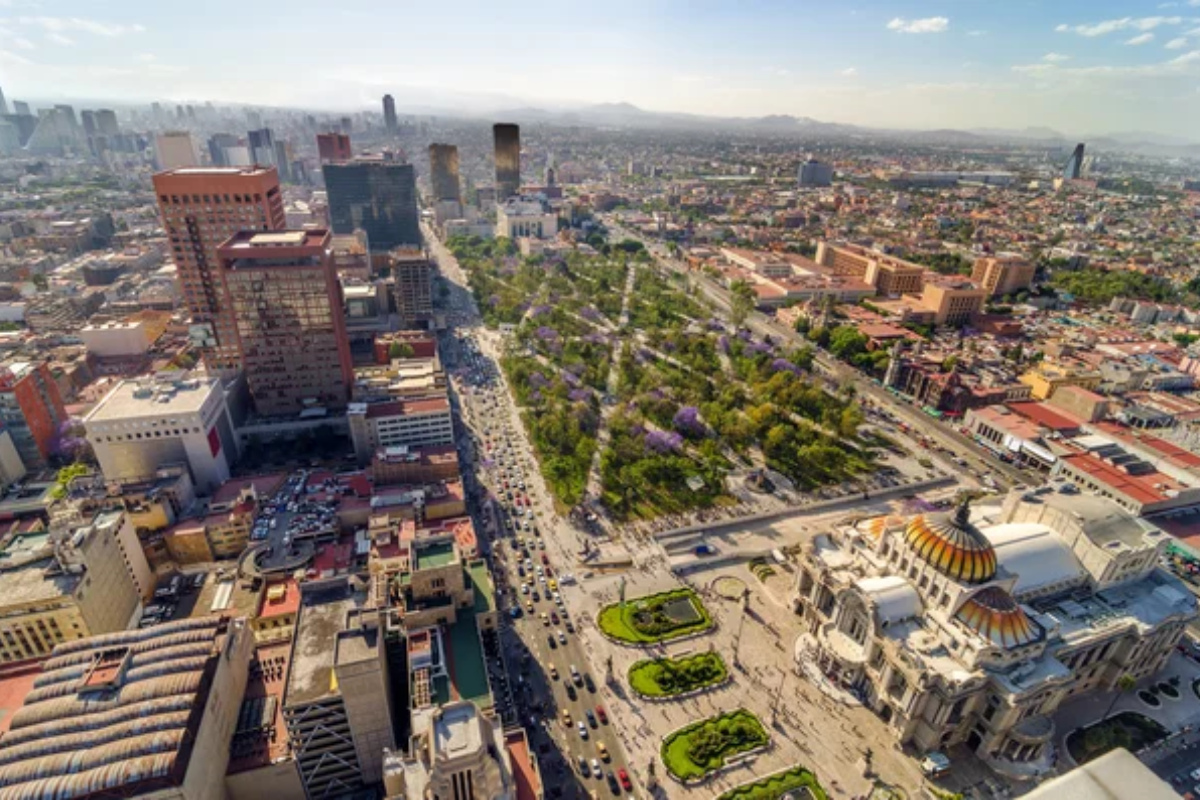
Chapultepec Park spans over 1,600 acres in the heart of one of the world’s largest urban areas, offering ancient Ahuehuete trees that have witnessed centuries of human history alongside contemporary residents seeking weekend relaxation away from concrete surroundings. Street vendors create spontaneous markets that appear and disappear throughout the day based on pedestrian patterns, their presence adding vitality to public spaces while operating through informal yet effective self-organization systems.
The subsiding metropolitan landscape regularly reveals Aztec ruins beneath colonial Spanish architecture beneath modern construction, physical reminders of civilization’s impermanence that contextualizes present-day stresses. Traditional temazcal steam ceremonies offer purification experiences connecting participants to pre-Hispanic healing practices while providing legitimate therapeutic benefits recognized by contemporary wellness practitioners.
Naples, Italy
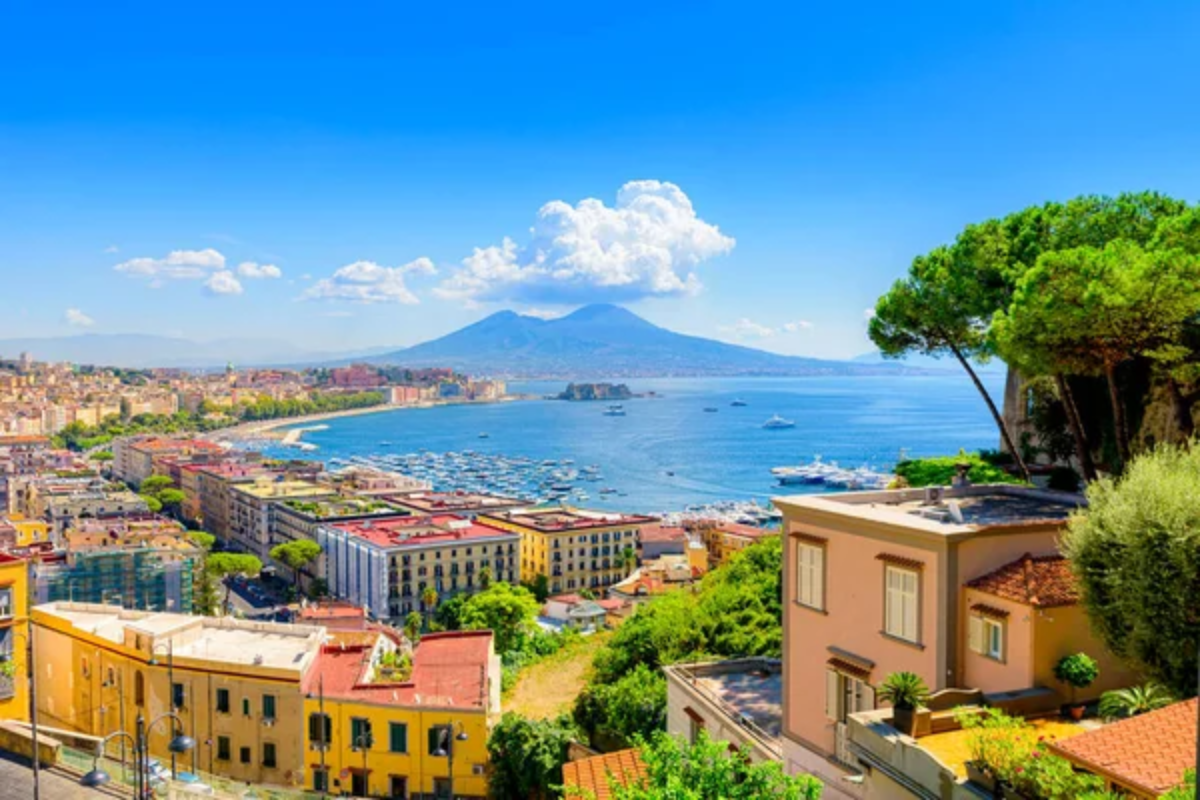
Vespas weave through narrow streets with seemingly reckless confidence while pedestrians claim remaining space through gestures and eye contact that constitute an unwritten but universally understood choreography of movement. Century-old pizzerias maintain wood-fired traditions amid urban modernization, their unchanging techniques and multi-generational family ownership providing continuity that anchors neighborhoods experiencing rapid change.
Mount Vesuvius looms visibly on the horizon—a simultaneous threat and landmark that reminds residents their vibrant city exists alongside forces beyond human control, creating a cultural perspective that embraces life’s uncertainties rather than attempting to eliminate them. Religious processions temporarily transform commercial thoroughfares into sacred spaces following traditions predating Christianity, demonstrating how shared cultural practices create community cohesion that transcends individual stress through collective experience.
La Paz, Bolivia
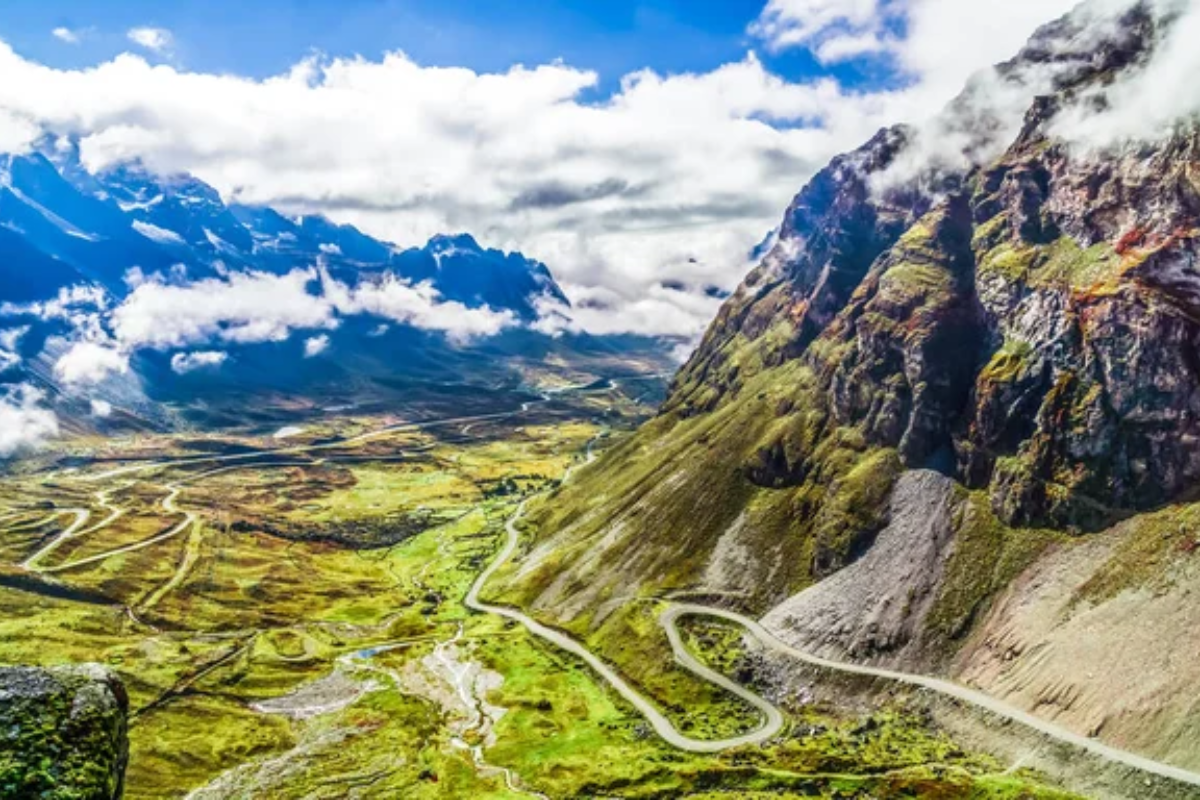
The city climbs dramatically from 10,000 to 13,000 feet above sea level, requiring physiological adaptation that literally slows visitors down—forcing a deliberate pace that allows appreciation of details missed in faster-paced environments. Indigenous cholitas in traditional multilayered skirts and bowler hats sell smartphones alongside ancient herbal remedies, embodying cultural continuity that integrates rather than separates traditional knowledge and contemporary tools.
The teleférico (cable car public transit system) soars above congested streets, offering both practical transportation and meditative aerial views that reveal the remarkable adaptation of urban development to extremely vertical terrain. Witches’ markets display unusual ingredients for traditional Aymara spiritual practices alongside conventional groceries, demonstrating how seemingly contradictory belief systems coexist through pragmatic integration rather than philosophical reconciliation.
Like Travel Pug’s content? Follow us on MSN.
Kyoto, Japan
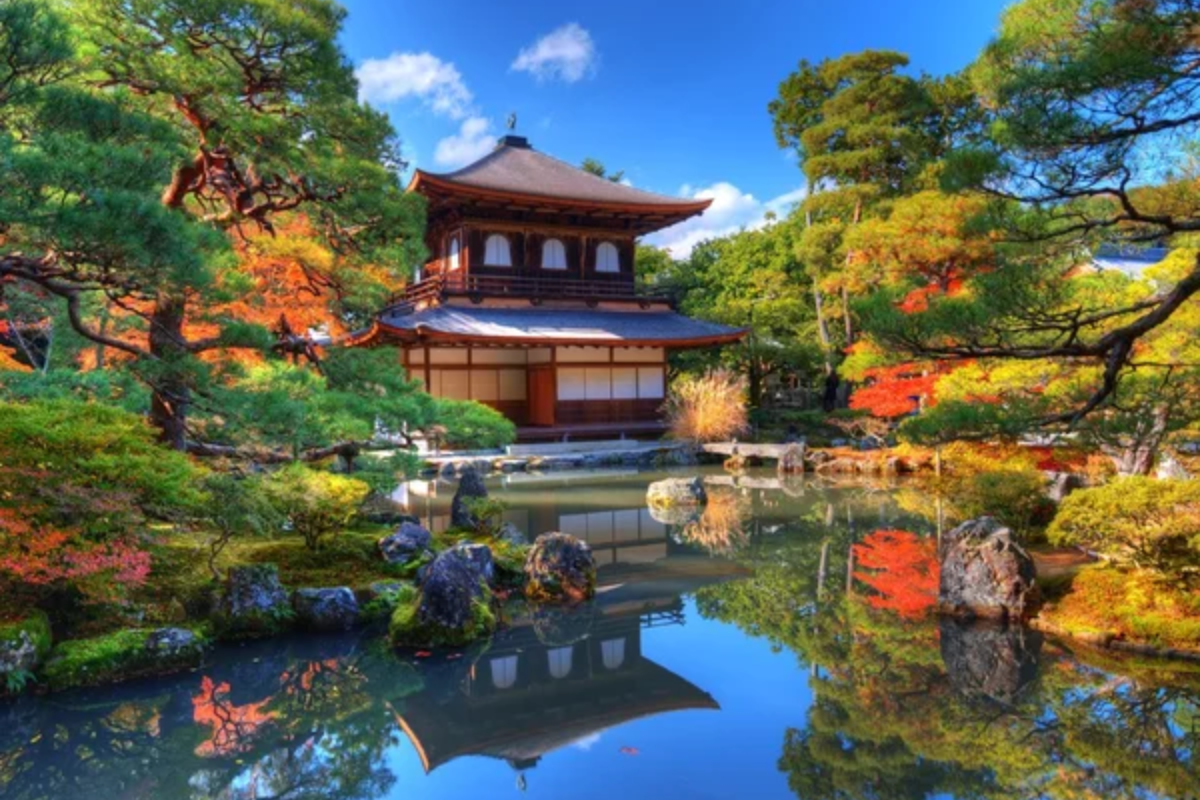
Bamboo groves create natural cathedral spaces where rustling leaves produce distinctive soundscapes that remain largely unchanged since being described in thousand-year-old poetry, offering auditory connections across centuries. Traditional machiya townhouses maintain narrow street frontage while extending deeply into city blocks, their interior garden courtyards creating private natural retreats invisible from public thoroughfares yet existing throughout even the most densely developed neighborhoods.
Geisha hurry between appointments in the Gion district while tourists attempt photographs, this intersection of authentic cultural tradition and contemporary documentation creating tensions that local etiquette systems continuously adapt to manage. Zen gardens arrange rocks, sand, and minimal vegetation to represent vast natural landscapes in miniature form, training visitors to find expansiveness within deliberately constrained spaces—a practical philosophy for urban living.
Fez, Morocco

The medina contains over 9,000 streets and alleys within its medieval walls, most too narrow for motorized vehicles, creating a pedestrian maze where efficient navigation requires either local knowledge or comfortable acceptance of temporary disorientation. Traditional tanneries process animal hides using methods unchanged since medieval times, the resulting sensory assault of colors and odors producing leather goods whose artisanal quality justifies enduring temporary discomfort during their creation.
Family homes accessed through unassuming doorways reveal multi-story interior courtyards with ornate tilework and carved plaster never visible from public areas, reflecting cultural values prioritizing inner richness over external display. Madrasas (historic Islamic schools) center around geometric courtyards whose mathematical proportions create environments conducive to both intellectual focus and spiritual contemplation, demonstrating a traditional understanding of how physical space influences mental states.
Kolkata, India
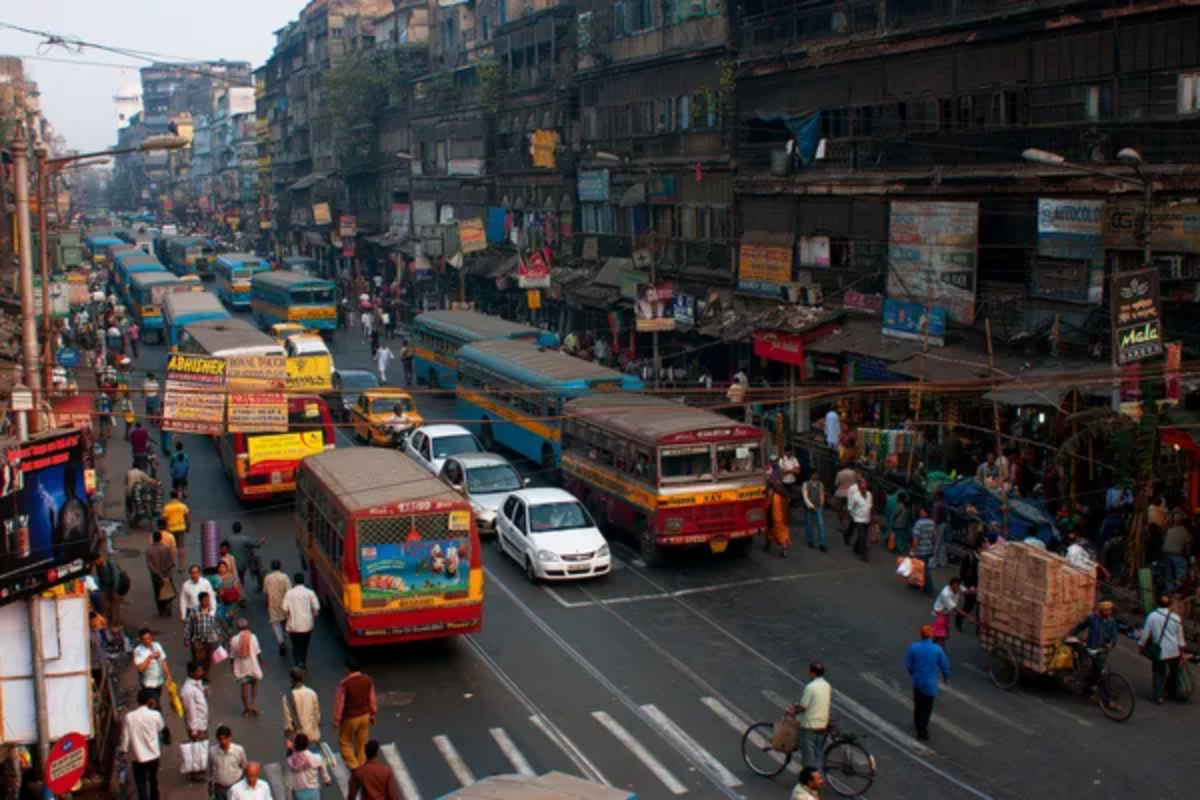
Hand-pulled rickshaws share streets with modern vehicles in one of the few places globally where this transportation mode survives, the physical exertion required creating uncomfortable awareness of human labor while providing livelihoods preserved through tradition rather than efficiency. Colonial-era architecture gradually yields to tropical vegetation as nature reclaims structures in a city where administrative distinctions between maintenance and neglect often blur, creating accidental beauty through processes both tropical and natural.
Literary coffeehouses host hours-long discussions of poetry and politics among patrons, recognizing conversation as an art form rather than mere social activity and creating intellectual communities that transcend commercial transactionality despite occurring in commercial establishments. Riverside ghats along the Hooghly (a distributary of the Ganges) host both cremation rituals and children playing cricket, the proximity of sacred and ordinary activities reflecting philosophical comfort with life’s full spectrum.
Like Travel Pug’s content? Follow us on MSN.
Jerusalem, Israel
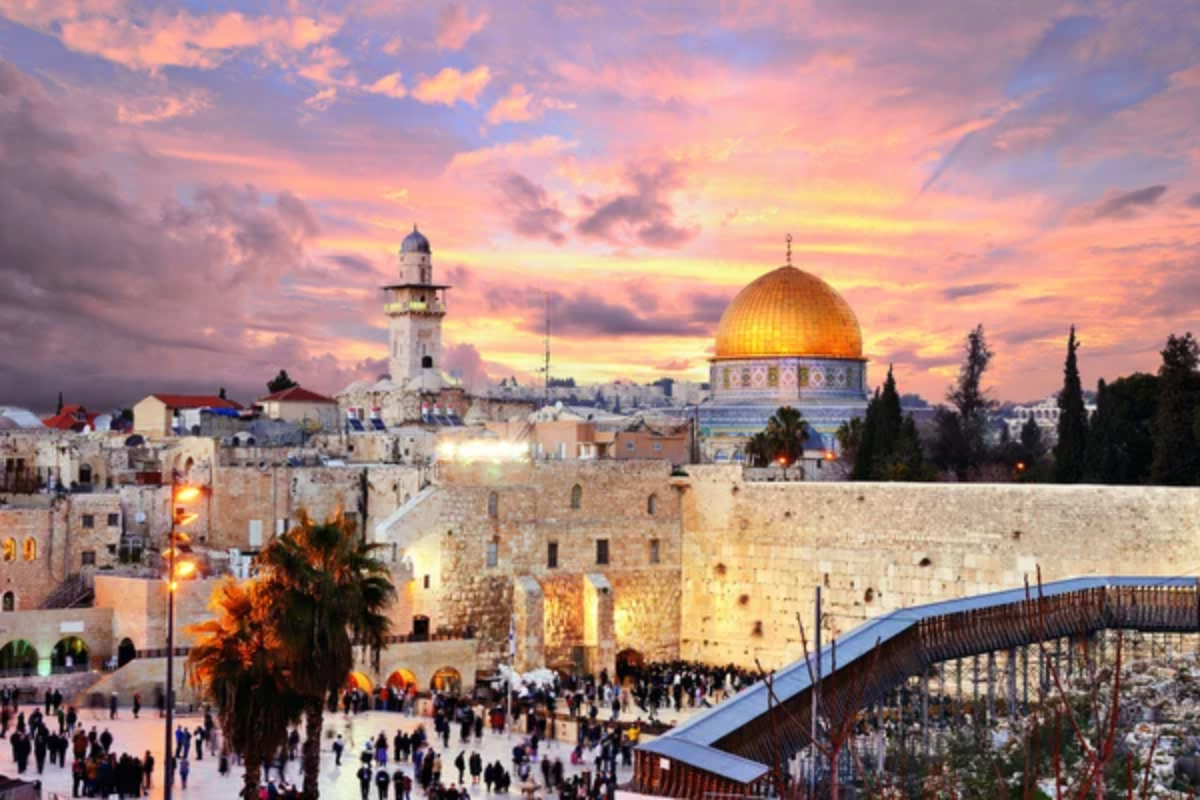
Four distinct quarters—Muslim, Christian, Armenian, and Jewish—maintain separate cultural identities within shared ancient walls, their boundaries both clearly defined and regularly crossed during daily activities that require continuous negotiation of differences. Religious pilgrims practicing diverse faiths follow routes overlapping in physical space while diverging in spiritual meaning, creating complex human traffic patterns where conflicting objectives somehow avoid constant collision through mutual accommodation.
Archaeological excavations reveal multiple historical layers beneath functioning modern streets, preservation efforts maintaining access to both contemporary life and historical understanding through engineering solutions balancing competing values. Marketplace vendors in the souk operate shops whose family ownership often predates modern political configurations, commercial relationships sometimes maintaining connections across communities when formal diplomatic relations fail.
Zanzibar, Tanzania
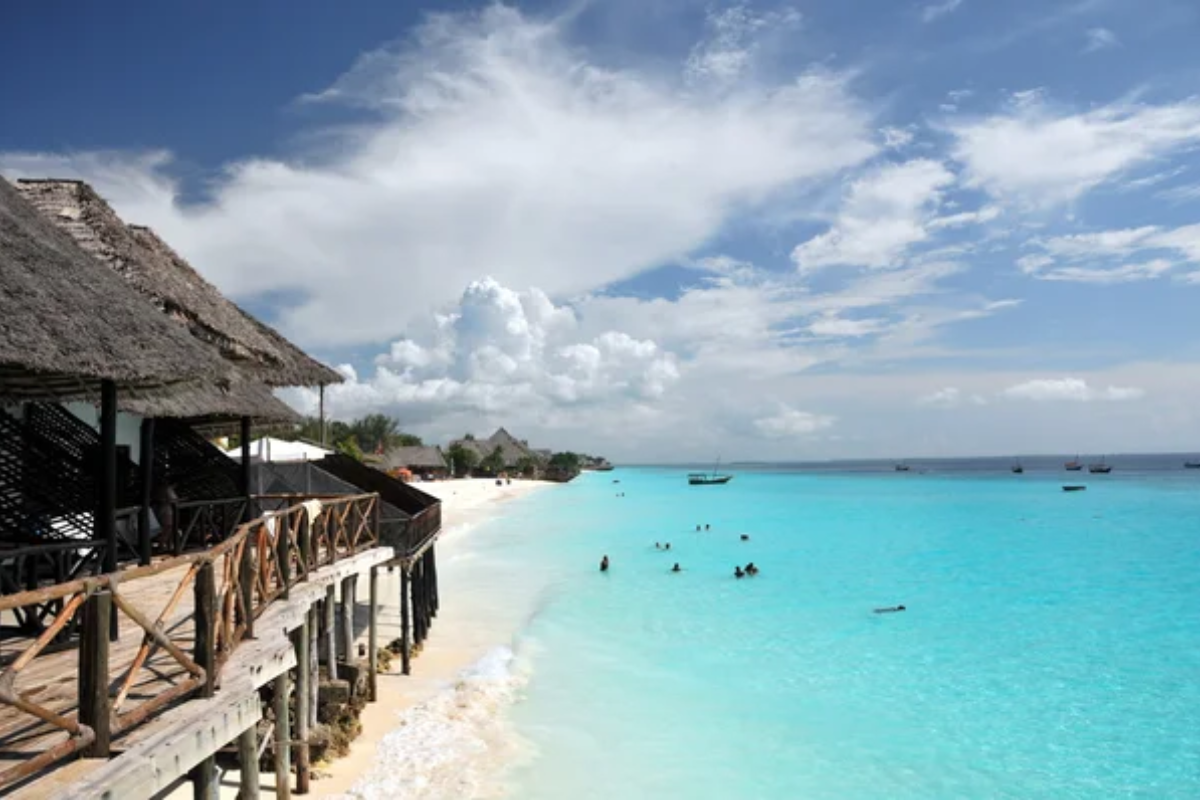
Stone Town’s narrow streets follow ancient trade wind patterns rather than grid planning, creating natural ventilation systems that moderate the tropical heat while producing labyrinthine navigation challenges and rewarding visitors who embrace wandering without specific destinations. Spice plantations surrounding the urban core produce aromatherapeutic environments where natural fragrance transitions visitors between intense commercial zones and agricultural areas following traditional cultivation methods predating industrial farming.
Muezzins call Muslims to prayer from numerous mosques while church bells ring nearby, these overlapping acoustic territories creating temporal landmarks that orient residents operating on spiritual rather than mechanical schedules. Massive wooden doors throughout the old city feature brass studs originally designed to prevent elephant entry during historical conflicts, their continuing presence connecting contemporary daily life to historical circumstances that shaped cultural development while no longer posing literal threats.
Beyond Control and Chaos
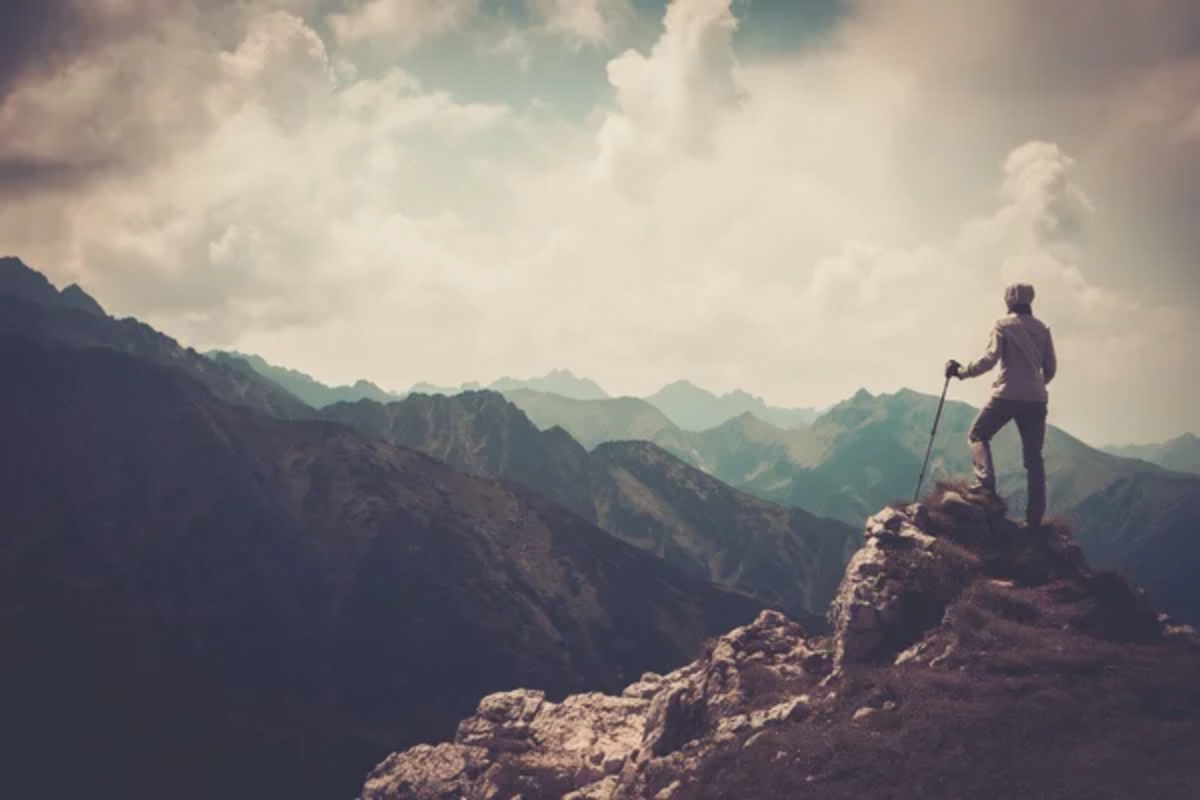
These destinations teach travelers that peace need not require perfect order or isolation from stimulation. Rather than finding tranquility through control or escape, these places demonstrate how acceptance of complexity can itself become meditative, training visitors to distinguish between harmful disorder and rich diversity that only appears chaotic due to unfamiliar patterns.
The apparent contradiction of “chaotic healing” resolves through sustained engagement with places that demand presence rather than planning and adaptation rather than expectation. Their therapeutic quality emerges not despite but through their intensity, offering travelers growth through constructive disorientation followed by deeper understanding.
Like Travel Pug’s content? Follow us on MSN.
More from Travel Pug

- 20 Towns Built for One Purpose That Were Later Abandoned
- 15 Hidden Spots in Disney World’s Magic Kingdom Most Visitors Miss
- 20 Once-Popular Beach Towns That Are Now Ghostly Empty
- 15 Canyons in the U.S. That Are Just as Stunning as the Grand Canyon
- 10 Under-the-Radar Mountain Towns That Are Both Affordable and Beautiful
Like Travel Pug’s content? Follow us on MSN.
